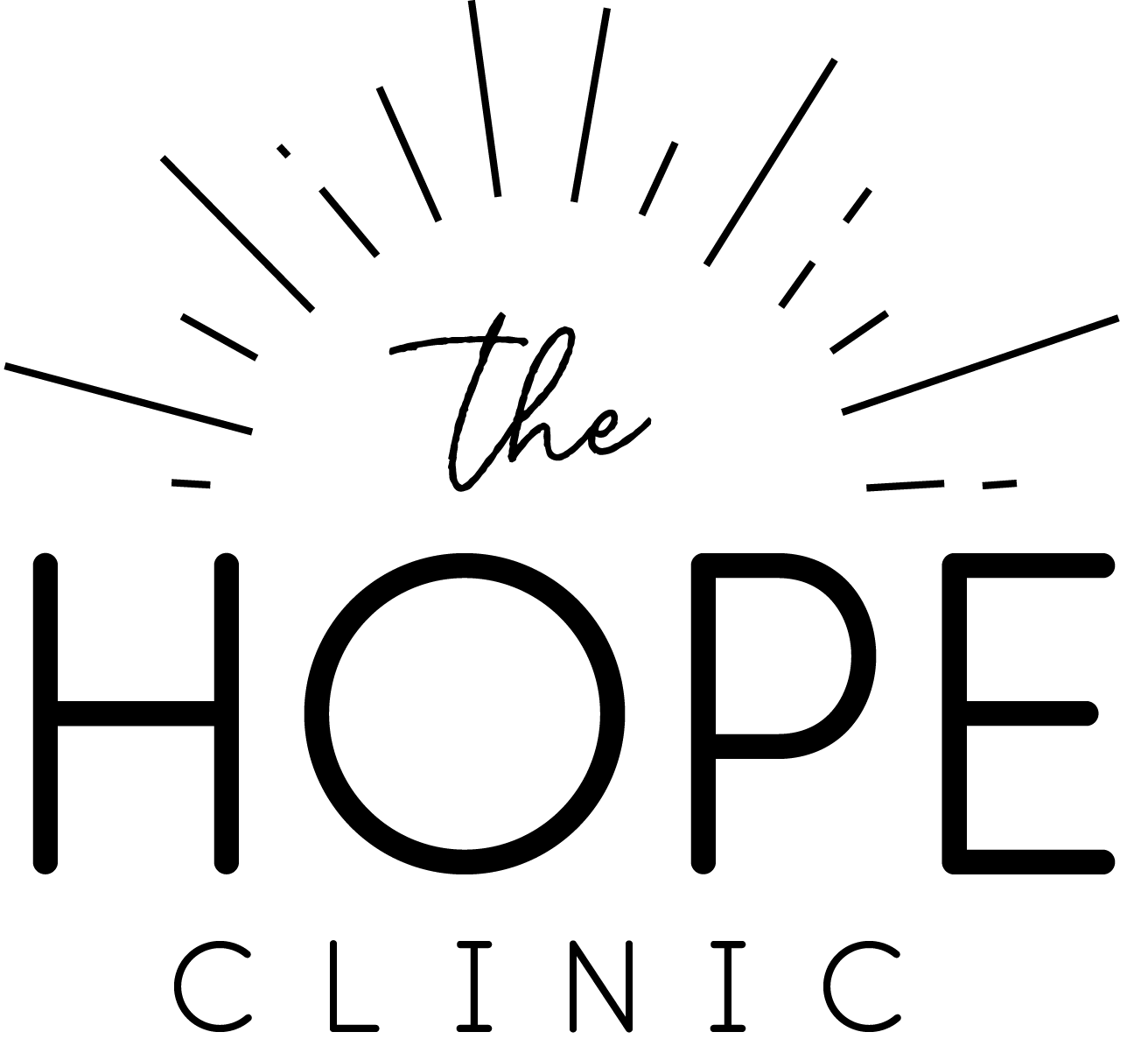If you’re facing an unplanned pregnancy, your mind is likely full of what-if scenarios and questions about the future.
“How will I tell my parents?”
“What if my boyfriend is mad at me?”
“How will I afford this?”
And of course, “What am I going to do?!”
While the questions might seem endless and overwhelming, it’s important to remember that you’re not alone, that many women have walked this journey before you, and that you have options!
Parenting, adoption, and abortion are all pregnancy options that are available to you, but in order to decide what’s best for you and your future, it’s important to take time to understand the various pros and cons to each, and for abortion, that means taking time to gather information on the side-effects and risks you might encounter.
First, what is the abortion pill?
The abortion pill is a chemical process of ending a pregnancy within the first nine weeks of gestation. The process utilizes two pills, Mifepristone and Misoprostol.
Mifepristone is administered first and works to stop the production of the pregnancy hormone progesterone. Progesterone provides the pregnancy with what it needs to grow and develop, so when a pregnant woman takes Mifepristone, her pregnancy is ended due to lack of nutrients.
After the pregnancy has ended, Misoprostol is taken to cause contractions and force the ended pregnancy from the womb.
What is an at-home abortion like?
The abortion pill process is sometimes started in a doctor’s office or in a medical setting but typically ended at home. The process of expelling the pregnancy at home can be likened to an early miscarriage, which can be traumatic and difficult for many women. Heavy bleeding, cramping, and the passing of large blood clots (which include the pregnancy tissue), sometimes as large as a lemon, can be expected.
What are the side effects of the abortion pill?
Some common side effects of the abortion pill include…
- Heavy bleeding
- Intense cramps
- Abdominal pain
- Diarrhea
- Headaches
- Nausea
- Vomiting
Are there any long-term risks associated with the abortion pill?
In addition to the common side effects of the abortion pill, there are some serious and long-term risks to consider before scheduling your appointment.
These risks include…
- Potentially fatal infections and hemorrhaging due to retained tissues from incomplete abortions
- Depression, anxiety, and trauma from the abortion experience1
- Pelvic Inflammatory Disease (PID) caused by a Chlamydia infection2
- Abortion complications leading to long-term fertility problems3
What do I need to do before scheduling an abortion?
Before you discuss abortion with an abortion provider, it’s important that you take the following steps to ensure you have all of the information and resources you need as you make a decision:
- Get a no-cost, lab-quality pregnancy test at your local pregnancy clinic
- Schedule an appointment for a no-cost ultrasound scan to confirm your pregnancy
- Learn about the resources available to you within your community
- Talk through your options with a certified client advocate
If you’re looking for no-cost pregnancy healthcare services and information on all of your options, visit The Hope Clinic!
- Broen AN, Moum T, Bødtker AS, Ekeberg O. The course of mental health after miscarriage and induced abortion: a longitudinal, fiveyear follow-up study. BMC Med. 2005;3:18.
- Westergaard L, Phillipsen T, Scheibel J (1982). “Significance of cervical Chlamydia trachomatis infection in postabortal pelvic inflammatory disease.” Obstetrics and Gynecology, 68(5): 668-90; Ovigstad E, et al. (1983). “Pelvic inflammatory disease associated with Chlamydia trachomatis infection after therapeutic abortion.” Br J Vener Dis, 59: 189-92; Heisterberg L, et al. (1987). “The role of vaginal secretory immunoglobulin a, gardnerella vaginalis, anaerobes, and Chlamydia trachomatis in post abortal pelvic inflammatory disease.” Acta Obstetricia et Gynecologica Scandinavica, 66(2): 99-102.
- Bhattacharya, S. et al. Reproductive outcomes following induced abortion: a national register-based cohort study in Scotland. BMJ Open. 2, (2012).
